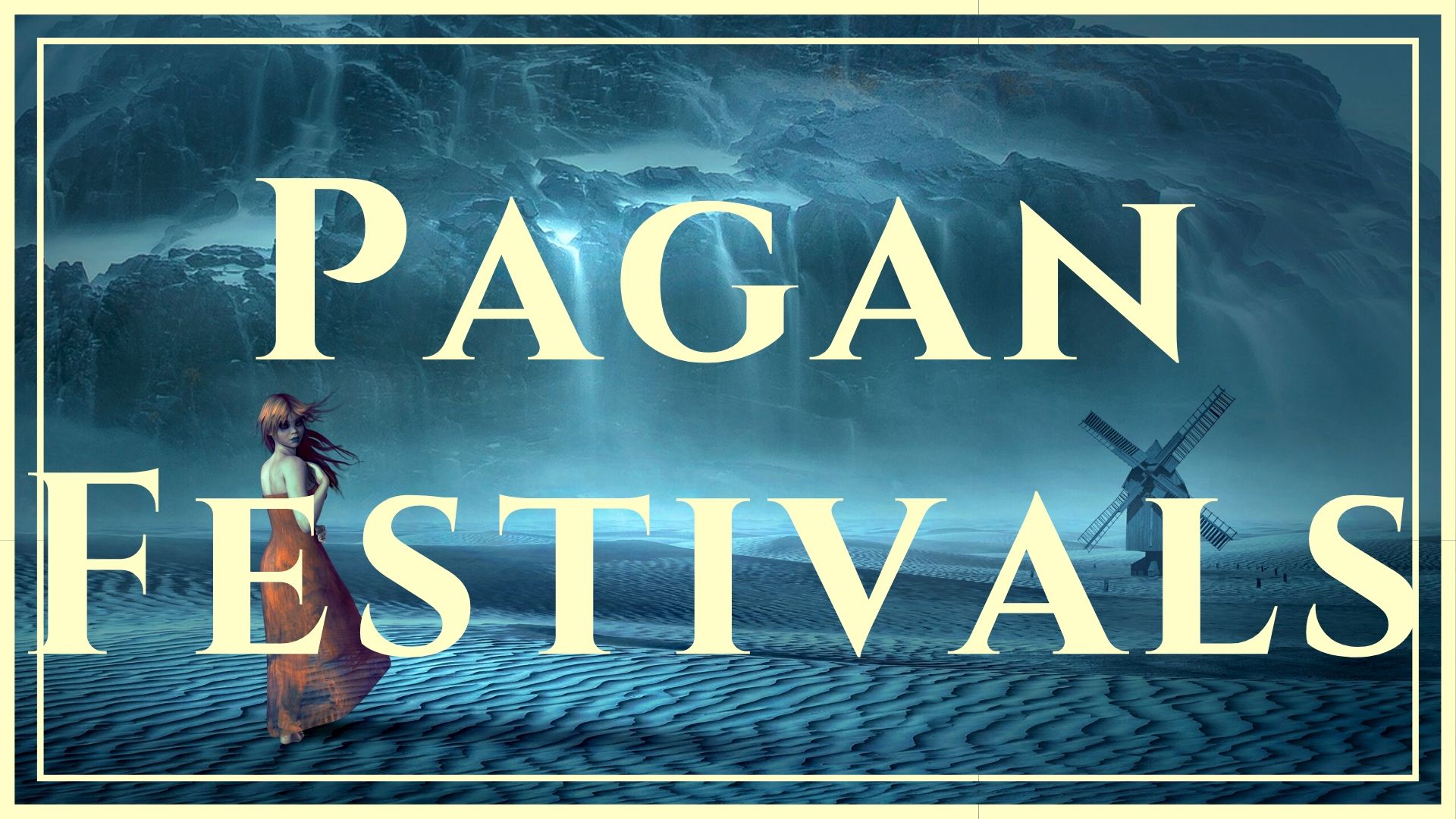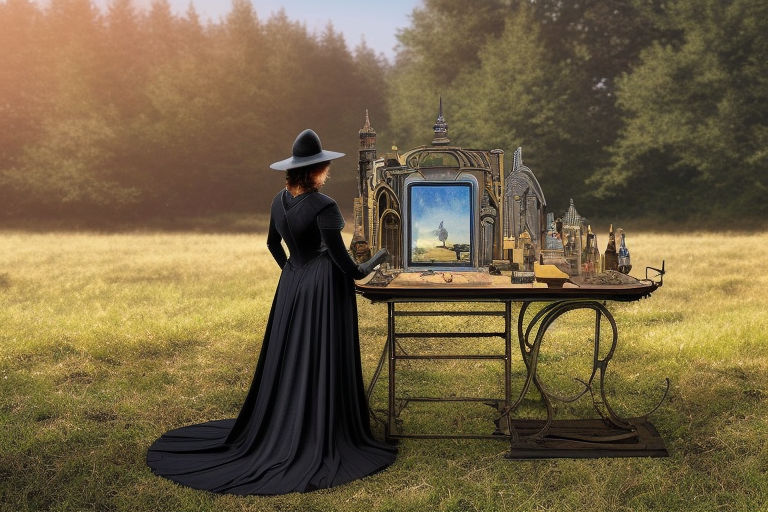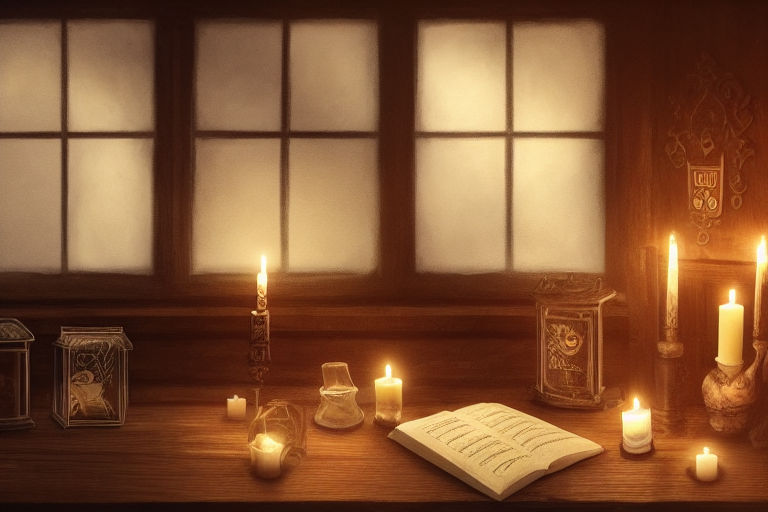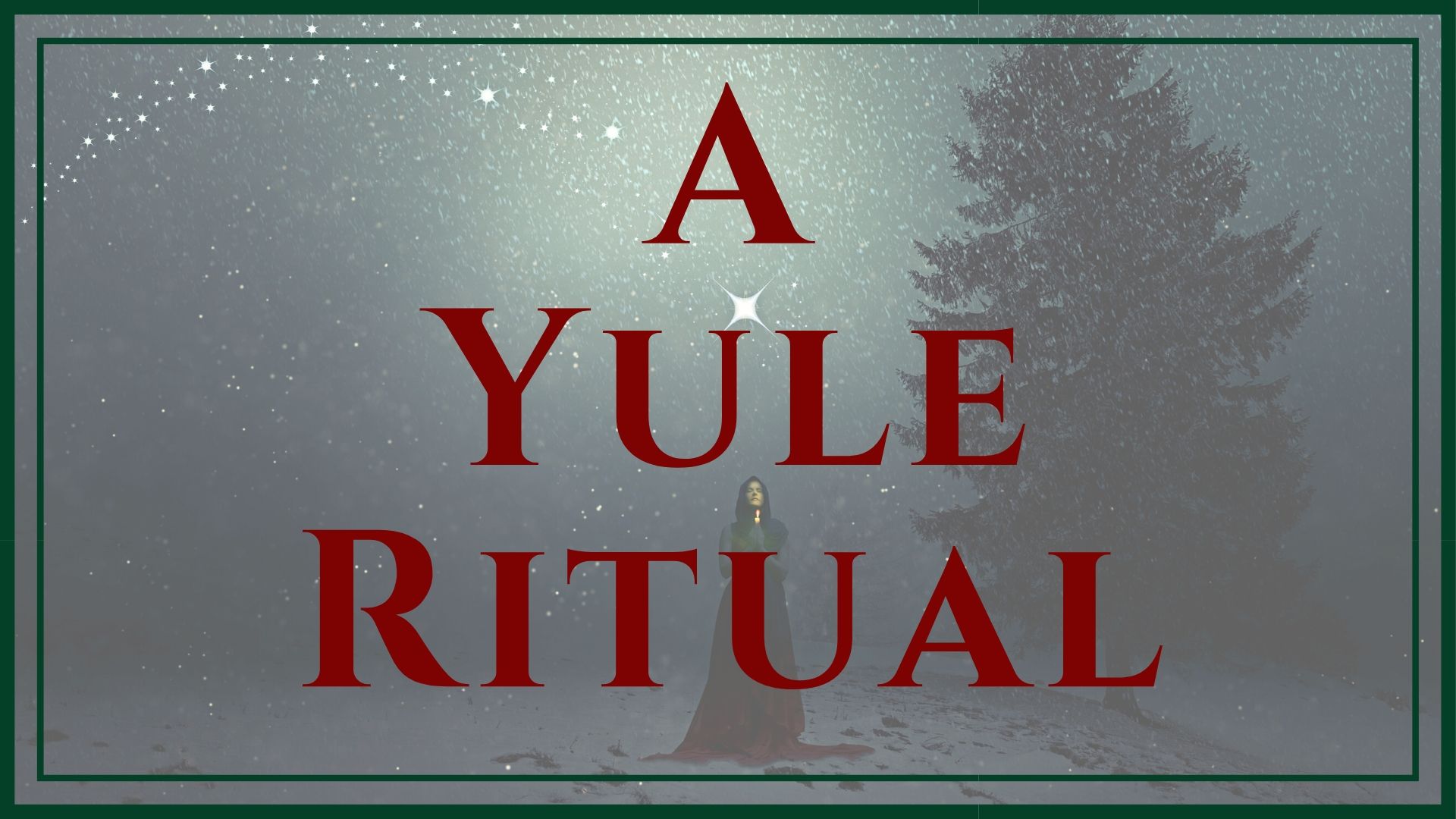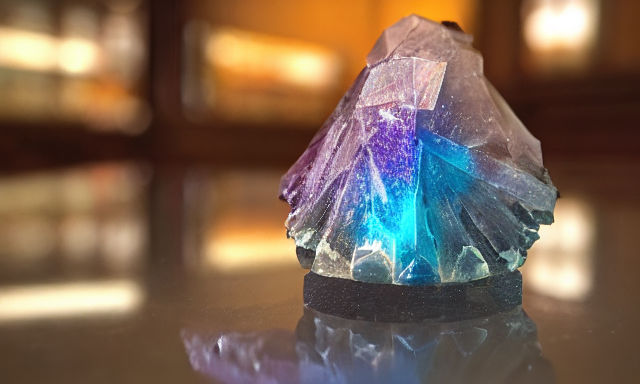What Happens at a Pagan Ritual?
What happens at a pagan ritual? The ritual begins with the priest lighting a bonfire and meditating. The priest then anoints participants with sage and smudges them with it. Once the participants have arrived, the priest and priestess sweep the circle boundaries, cutting them with an athame or censing them. The priest and priestess then invoke the spirits of the four elements.

Handfasting
The handfasting ceremony is an ancient tradition in which a couple promises to be faithful to one another in marriage. It derives from the Old English term meaning ‘tying of hands’ or ‘binding of promises’. During the ceremony, each person holding a piece of the wrapped cord or ribbon recite their wedding vows. Jumping over a broom, another traditional pagan custom, is said to bring good luck and a new start in the relationship.
Handfastings are most commonly performed in the outdoors as Pagans consider nature an appropriate setting for the ceremony. Most pagan handfasting ceremonies are performed during the warm months, and are especially common during Beltane, the Pagan festival day dedicated to sexual union and growth. Unlike other wedding ceremonies, a Pagan handfasting ceremony can be performed anywhere – a church, grove, or public place.
Underworld rite
In a pagan ritual, the Underworld rite is a celebration in the afterlife that is dedicated to the gods of the underworld. The purpose of this rite is to identify with the Goddess and change her status in the world. During the ceremony, men and women of all ages are invited to participate, and this rite is a model of cosmic transformation and identification. It is performed to encourage male and female initiates to accept their new roles and take on a greater role in the world.
The Underworld rite was first performed on the Winter Solstice, when Witches hailed the returning sun as the spark of life. Worshippers reflected on the previous year and planned changes for the year to come. As the sunlight increased until Midsummer, worshippers planted seeds of change and worked hard to attain them through the summer. They then looked forward to a harvest full of fruit.
Baphomet rite
The ritual of the deity Baphomet involves many different aspects of the self, from sexuality to death. While the Underworld rite focuses on death and the underworld on sexuality, the Baphomet rite is concerned with alterity and sexual contravention. These aspects of the self are frequently shunned in the West, so a closer look at these practices is essential to understanding the ritual.
The god Baphomet is an Egyptian deity. He is not to be confused with other Egyptian gods, such as Bahamut or Behemoth. Eliphas Levi, an influential French occultist, describes the Baphomet in his book, Dogme et Rituel de la Haute Magie (1856). He notes that the arms of the Sabbatic Goat bear the Latin words for coagulate and dissolve. The upright pentagram drawing is the symbol of Spirit over matter, and the inverted one represents evil.
Beltane
The question is: “What happens at a pagan ritual on Beltanie?” The answer to that question will depend on your personal beliefs. Some Pagans celebrate Beltane in a solitary manner, while others work with other members of the community. In any case, you’ll probably find something you’re interested in. Read on to learn more about Beltane rituals, and see if you’d like to join in.
There are many traditions surrounding Beltane, but one of the most common is the lighting of a bonfire. Beltane was a sacred day for the Gaelic Celts, and many of their rituals involved lighting fires to honor the sun god, Belenus. The ancient Celts believed that the fire god would protect their herds, and therefore, themselves, from the supernatural forces that could harm them. Then, the herdsmen would drive their animals between two bonfires, jumping over them and blessing them.
Wicca
What happens at a Wicca ritual? Essentially, it is a sacred ritual that brings people together to celebrate a loved one’s life. A ritual is a work of magick, a bridge between the human and the Divine. Wiccan funeral ceremonies are generally held in a natural setting. Participants hold hands during the ceremony to express a sense of community for the departed. Wiccan funeral songs help reinforce this sense of community.
Once everyone is ready to begin the ritual, the leader may invoke a god. During this invocation, the god may speak to the leader or through a representative. After the invocation, people should remain silent and refrain from talking or drinking anything immediately. Following the invocation, they should prepare a toast to the gods. They should also offer a part of their libations to the gods, which may be placed into bowls provided for this purpose or placed directly on the Earth if the ritual is being held outdoors.
Druidry
Those who practice Druidry at a pagan ceremony often experience a growing sense of belief in their bodies and in the power of their hearts. They often feel a stronger connection with the world around them, and are more connected to their ancestors than to their own genetic makeup. This belief is reflected in their practice of Druidry at a pagan ritual. The beliefs of Druidry are not necessarily exclusive to this ancient tradition; they are universal and relevant to the present.
Among the many beliefs of the Druidic tradition are animal and plant-related practices, vegetarianism, and non-violence. Nichols also appreciated the philosophy of Jainism, which stressed non-violence and non-attachment. The Druidic term, “digambara,” is derived from the word digam, which means clothed in the quarters of the sky. Other versions of the word are Shvetambara, which means “white-robed”.
Asatru
Asatru rituals are centered on Norse gods, including the one-eyed God Odin. Odin is a wise man and a magician. He learned rune secrets by hanging from Yggdrasil for nine nights. Thor is the god of thunder and wields the divine Hammer Mjolnir. His day is Thursday. Another god, Frey, is a goddess of fertility and peace. Loki is a trickster and a challenger of the gods.
While the religion of Asatru has no set dogma, practitioners are encouraged to study the Eddas by Snorri Sturluson, an Icelandic saga. Asatru rituals are often very loud and rowdy. Many of the invocations are shouted at the top of their lungs. People hail gods in response to the invocations, so it is acceptable to repeat the invocation after each person hails their gods.
Greek, Egyptian, Roman
The earliest manifestations of this type of sacrifice can be found in Egypt. The Egyptians practiced rituals for all types of animal sacrifice. Some rites, such as the “opening of the mouth” ritual, were performed on living animals and others on statues. The rite involved giving offerings and purifications of the statues. The rituals were often preceded by warding off enemies and ended with a feast.
The most important aspect of this ancient pagan ritual is the connection with the goddess. The Goddess Demeter and her daughter Persephone were represented by the gods and the cults performed the rituals to invoke their presence. This ritual is based on the myth of Demeter and Persephone. It gives a glimpse of the afterlife, which changed the way initiates saw the world. These rituals freed the participants from the fear of death by recognizing that they were immortal souls in mortal bodies.
Canaanite
Canaanite religion and cult practices include the use of open air shrines, which the Bible refers to as “high places.” These sacred places were also common sites for sacrifice and the burning of incense. Excavations in the ancient city of Dan, for instance, have uncovered a large, excavated high place dating back to King Ahab’s reign. At more than 60 square feet, this high place was a huge space for such a religious practice.
Canaanite religious rituals are best understood from archaeological evidence. Several different types of ritual sacrifice have been discovered, including cultic tableware, rare masks, and human sacrifice. Some of these can be considered evidence of pagan rituals, while others have been interpreted as biblical stories. In any case, the religious practices of Canaanite communities show an interesting blend of violence, drunkenness, and sexual perversion.
Other historical religions
The ritual performance of a Pagan ceremony is infused with meaning and symbolism. Pagans often use real objects in their rituals as symbolic representations of their intentions. They believe that real objects have magical and energetic correspondences with the intention they invoked. Real objects are often used to increase the practitioner’s energy, add to the liminal atmosphere, and engage the senses. Here are some common elements of Pagan ritual performances.
The purpose of a Pagan ritual varies from tradition to tradition, but generally it focuses on observance of nature and celebrating deities. It may also involve rites of passage or self-realisation, or be used to create magical power. Pagan ritual performances are highly creative and involve both symbolism and physical participation. Some rituals include food offerings to the gods or ancestors.


